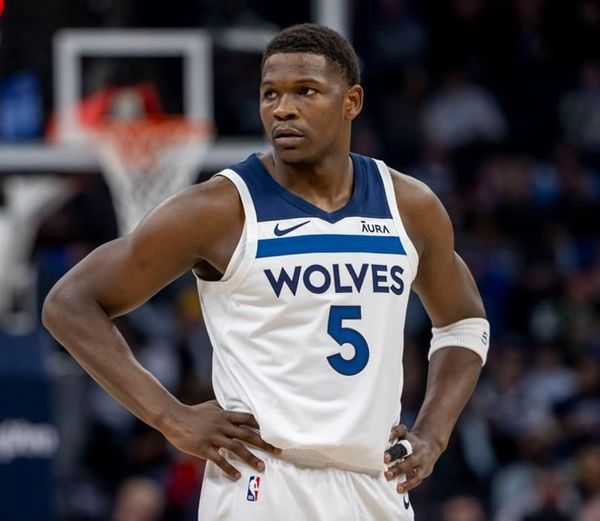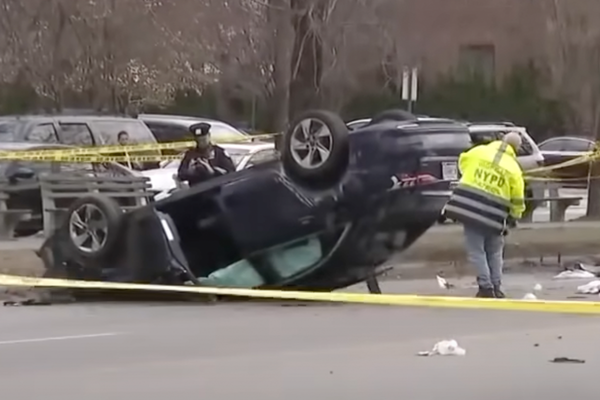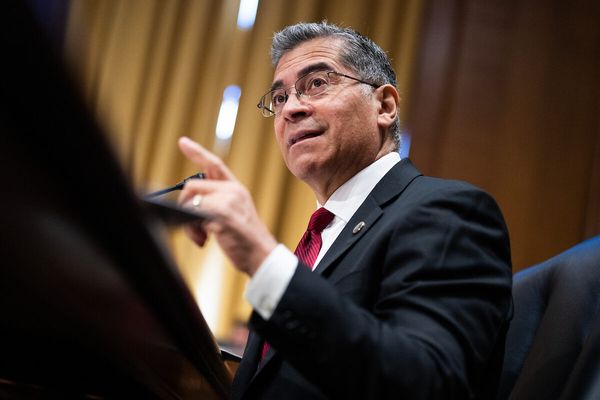
At a press briefing in Kyiv on Tuesday, explaining where initial US-brokered peace negotiations had got to, Ukraine’s president, Volodymyr Zelenskyy, struck a notably different tone. Long gone is the tetchiness on display in London in the aftermath of the Ukrainian leader’s catastrophic trip to the White House. In its place was a degree of optimism so high that it could only be interpreted as political positioning.
Though he complained about comments made by Steve Witkoff, Donald Trump’s special envoy, that four Ukrainian regions wholly or partly occupied by Russia consisted of people who wanted Moscow’s rule in an “overwhelming majority” – these were “in line with the messages of the Kremlin”, Zelenskyy said – he insisted that had advantages too.
Over time, Zelenskyy reasoned, the White House team would appreciate the Kremlin was not acting in good faith. It would become clear that “the Russians don’t want” an unconditional ceasefire as they threw up more and more objections as the peace talks developed. “People,” he said, meaning Trump’s top team “will not believe the Russians more and more with every day”.
Though Zelenskyy signed up Ukraine to the energy and maritime ceasefire proposed by the US, he knew there were Russian qualifications. Within hours, the Kremlin said its participation in a maritime ceasefire was conditional on agricultural sanctions relief, while reports on Thursday of a power outage in Kherson after Russian shelling suggest the energy ceasefire is not entirely being honoured either.
Unequally applied ceasefires may not obviously be to Ukraine’s advantage, but Zelenskyy acknowledged many details were left vague in the two statements put out by the US (one negotiated with Ukraine, one with Russia) because the Trump White House was in a rush to get some sort of deal.
“It does not say what happens if somebody violates the ceasefire; the US did not want it to break down,” the president said, suggesting during his briefing “don’t delve too deeply”. For its part Ukraine would document any Russian violations and share them with the US and the world, though the impact on Kremlin behaviour may be limited.
Keir Giles, a Russia expert at the Chatham House thinktank, said: “Zelenskyy has assessed that it is better to go along with what is being cooked, rather than to attempt to inject reality into the process, because he has seen what happens if he does the latter.”
When, at the beginning of the month, a tired Zelenskyy, still reeling from the Oval Office ambush, said at some point during an hour-plus press briefing in London, that a deal to end the war “is still very, very far away” it was used as justification by the White House to halt military aid and intelligence sharing.
That was only restarted when Ukraine committed to a full ceasefire in Saudi Arabia a week or so later, a commitment that Russia has yet to match, arguing, in the words of Vladimir Putin, that any ceasefire should lead to “the elimination of the root causes of the conflict” and therefore more negotiation while the land and air war continues.
The problem for Zelenskyy’s strategy is that if there are significant Russian attacks against Ukraine’s energy infrastructure, or some other inequality emerges in the Black Sea, it is unsure how long Kyiv will be able to turn the other cheek. On the day of the ceasefire announcement, it was notable that Ukraine’s defence minister immediately warned Russia not to use the ceasefire as a cover for manoeuvring its navy out of the eastern Black Sea, where it has been penned in.
Nor is it obvious that the White House would be willing to ramp up the pressure on the Kremlin if the peace talks show only negligible progress. That would represent a sharp change of White House strategy. So far, the US has offered concessions to Moscow, such as ruling out Ukraine’s Nato membership, while Trump appears far more comfortable talking to Putin than Zelenskyy.
Putin and his Russian colleagues, said Giles, “will be calculating just how far they can go and how much they can extract from the Americans, before it becomes so embarrassing that even Trump, with no sense of shame or humiliation, says enough is enough”. On Monday in Saudi Arabia, the US and Russia talked about Ukrainian territory, though nothing concrete emerged. Zelenskyy did not make much of that on Tuesday – saying simply that he was “worried” – but in the coming weeks, the president’s newfound patience is likely to be tested again.







